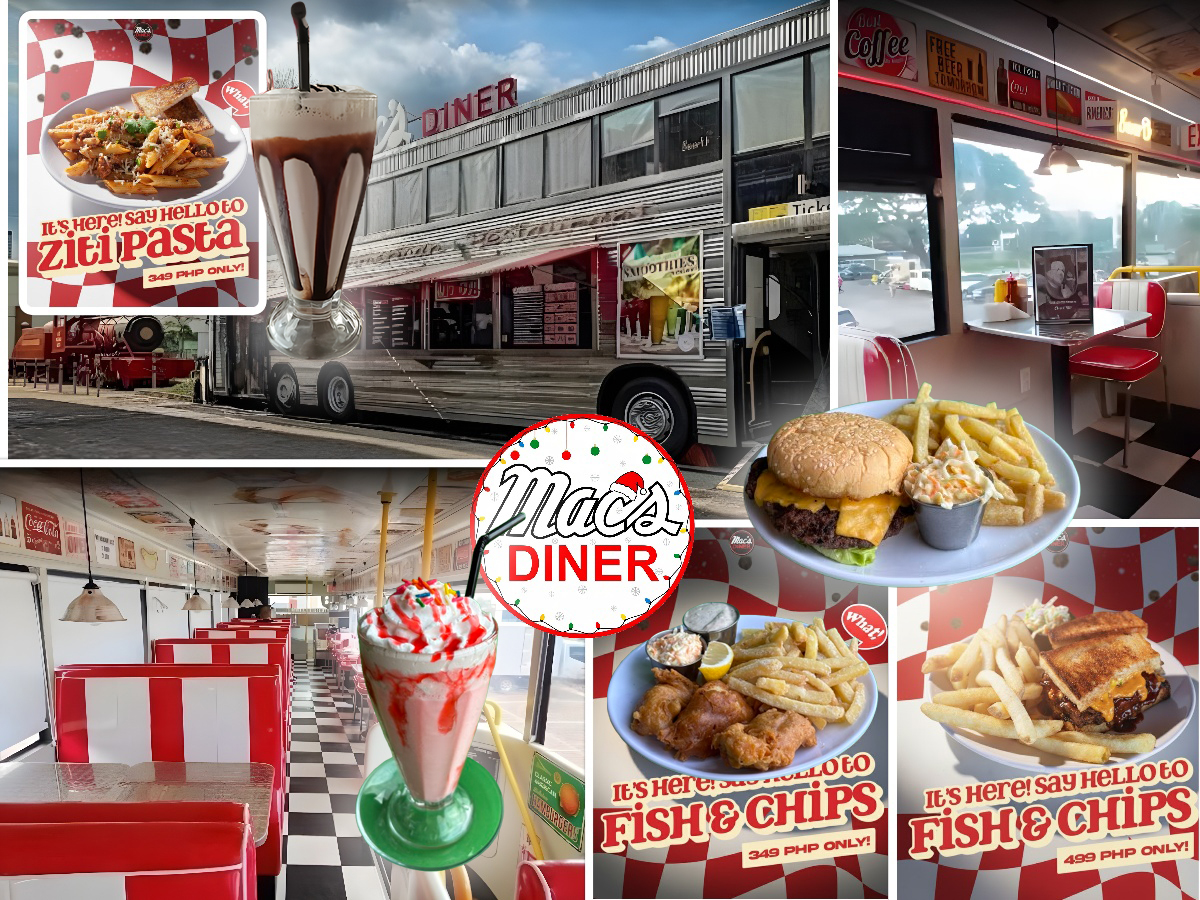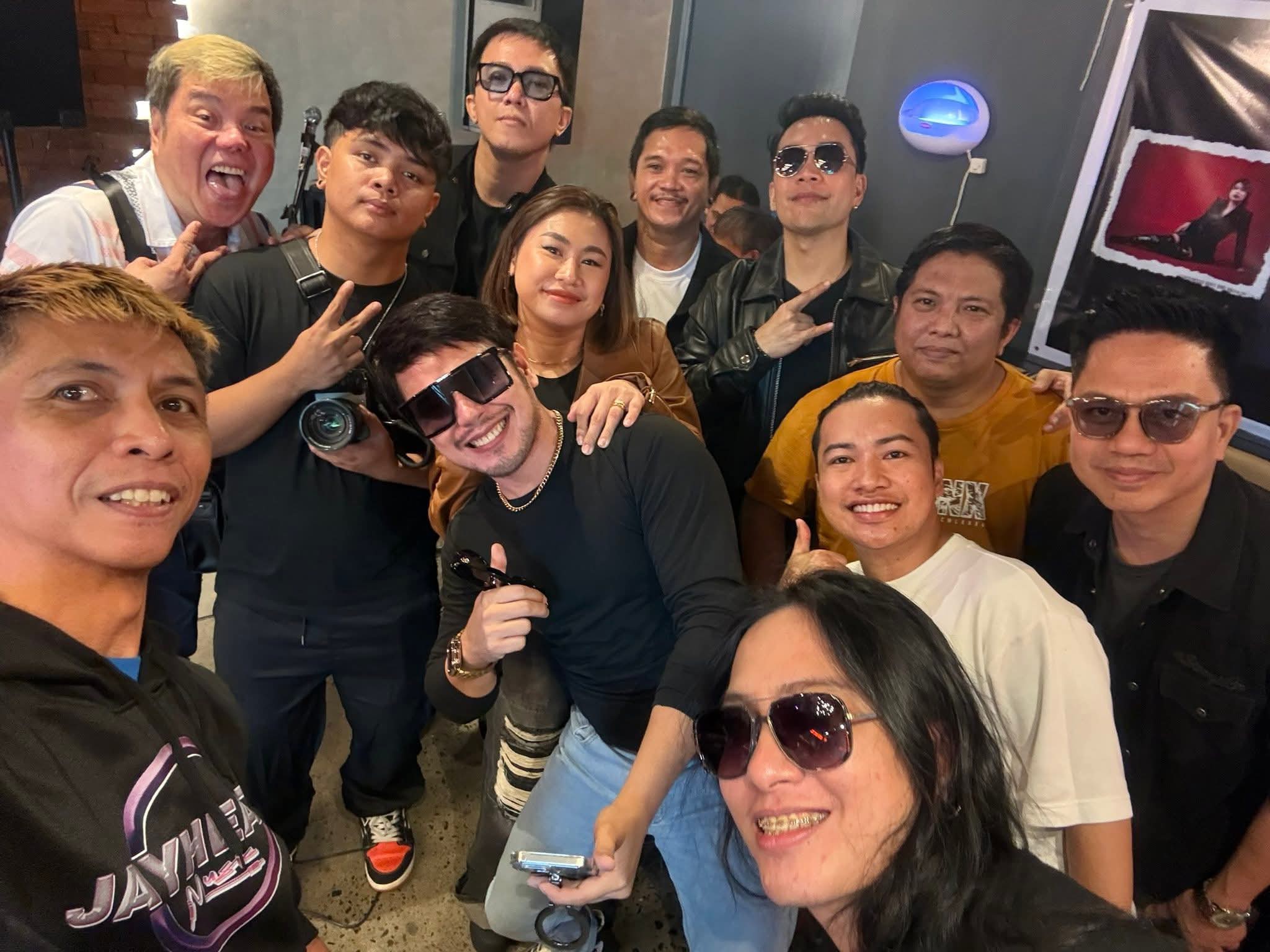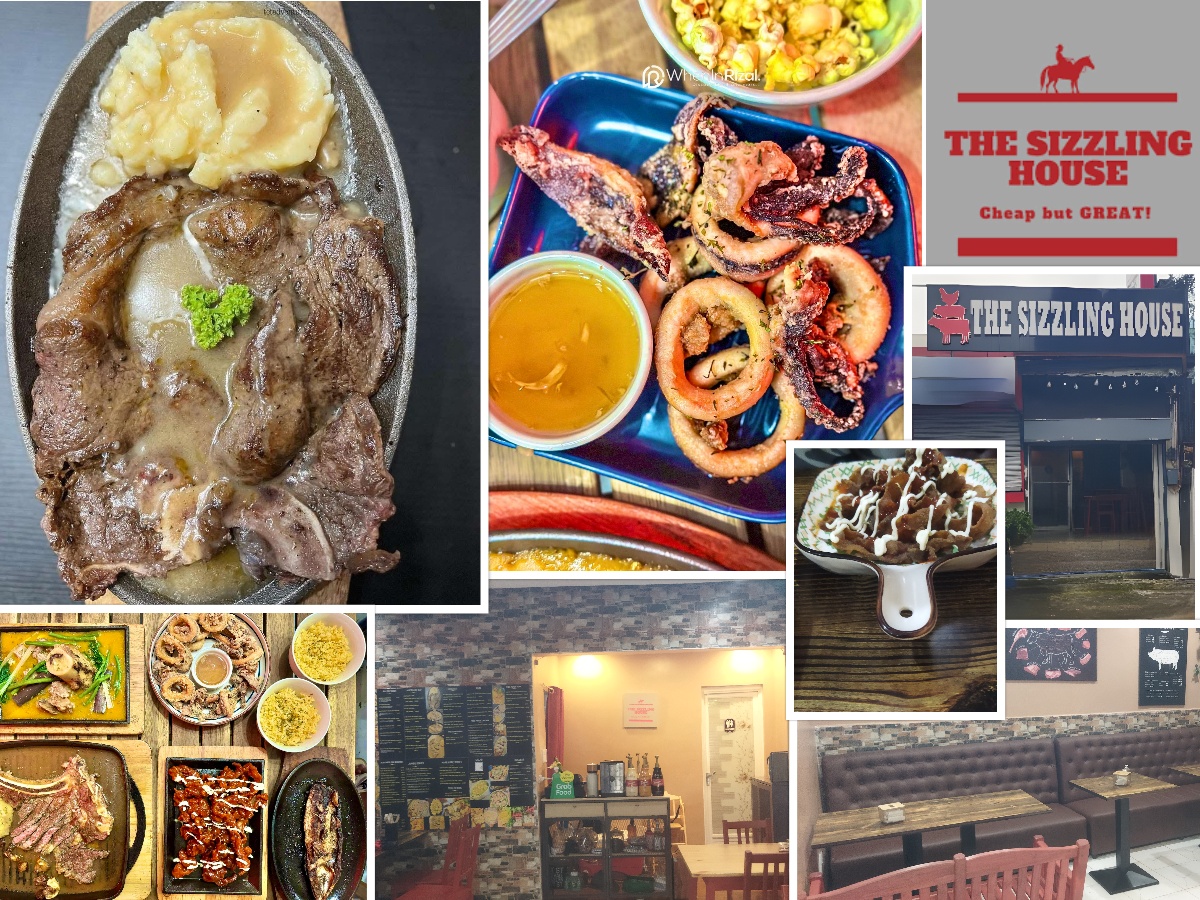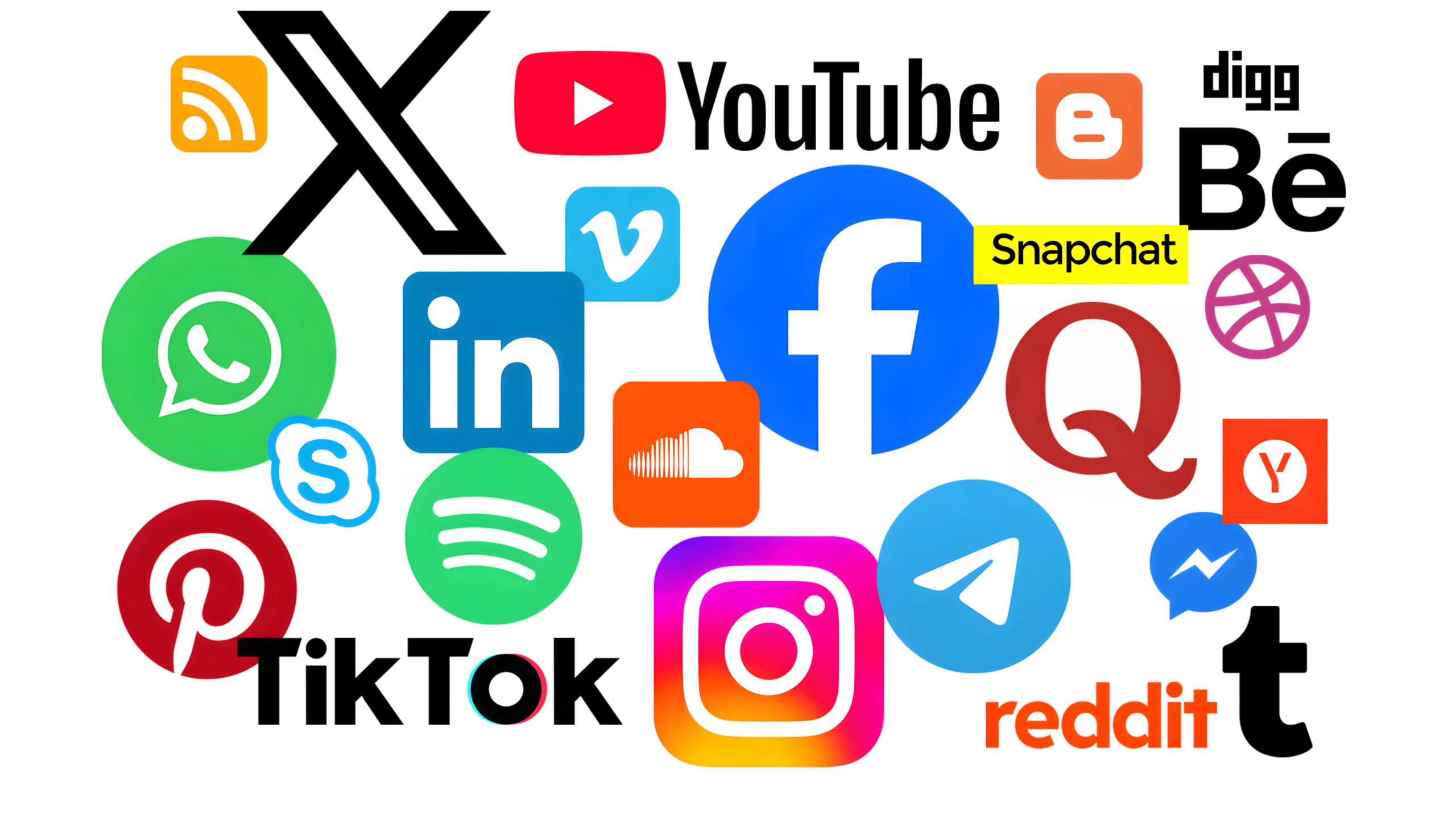Why Restaurants and the Food Industry Now Invest in Social Media, Bloggers, Vloggers, and Influencers
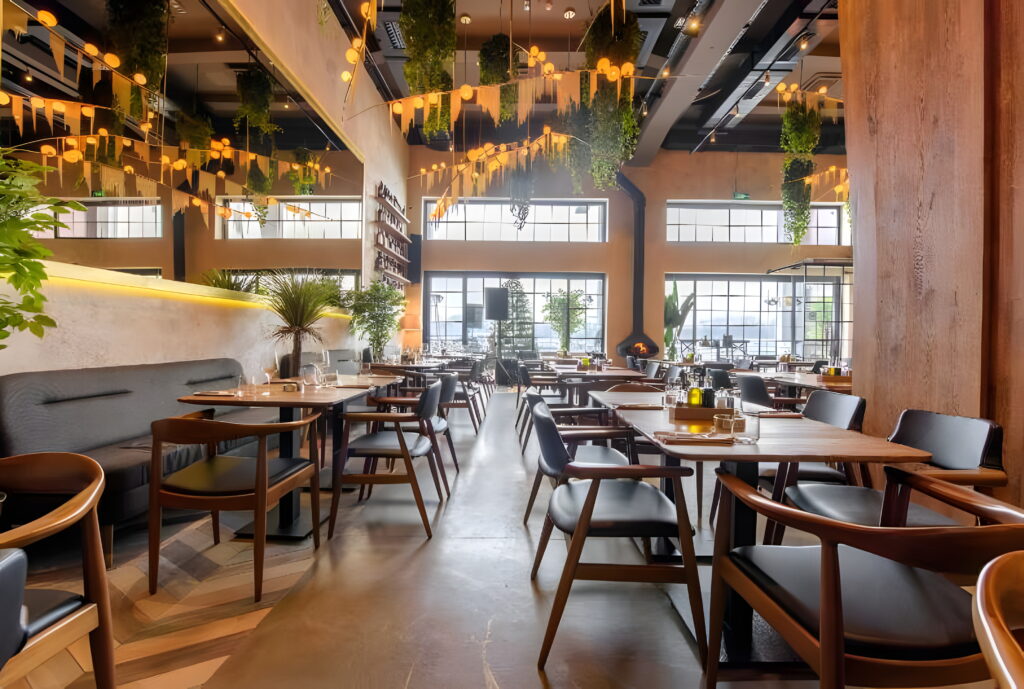
![]()
The food and restaurant industry has always thrived on reputation, word-of-mouth, and customer experience. But in today’s digital-first environment, the battleground for customer attention has shifted. Diners no longer just rely on recommendations from friends or walking past a restaurant. Instead, they turn to social media platforms, blogs, YouTube, and influencer content for inspiration, reviews, and even menu decisions.
For restaurants and food businesses, focusing promotional efforts on these channels is no longer optional—it’s essential. Here are quantifiable reasons why:
Massive Reach at Lower Cost
5.41 billion people worldwide are active social media users, with the Philippines ranking among the highest in daily usage (an average of 3 hours and 43 minutes per day on social platforms).
Compared to traditional advertising like TV, radio, or billboards, social media promotions cost 60–70% less on average while reaching a more targeted audience.
Restaurants can gain visibility at a fraction of the cost of traditional ads.
Influence on Dining Decisions
49% of consumers say they rely on influencer recommendations when deciding where to eat. Food is the most popular content category on Instagram, generating over 250 million posts with the hashtag #food.
Majority of people look at food photos online before choosing a place to dine.
Influencer posts and user-generated food content strongly influence where customers eat.
Better Engagement and Word-of-Mouth Multiplication
Average engagement rates for micro-influencers reach 7%, compared to just 0.07% for traditional ads.
A single viral TikTok video or Instagram reel featuring a restaurant can generate tens of thousands to millions of views overnight—an outcome impossible with static ads.
Example:
A bakery in New York went from 300 daily customers to over 1,000 after a TikTok video featuring their croissants hit 10 million views.
High ROI (Return on Investment)
Businesses make an average of $5.78 ROI for every $1 spent on influencer marketing. Restaurants featured by food vloggers often report increases in foot traffic within weeks of coverage.
Sponsored posts from influencers cost less than mainstream ads but can convert at 3–5x higher rates.
Trust and Authenticity
92% of consumers trust recommendations from individuals—even if they don’t know them personally—over brand advertisements. Bloggers and vloggers bring a personal narrative, which feels more authentic than a banner ad or TV commercial.
Influencers act as “digital word-of-mouth,” giving potential customers the confidence to try new restaurants.
Targeted Marketing
Social media platforms allow restaurants to target audiences by location, age, food preferences, and behavior. This is particularly valuable for small and mid-sized restaurants that depend on local clientele.
Bloggers often specialize in niches (e.g., vegan food, budget-friendly dining, luxury gastronomy), allowing restaurants to reach their exact customer demographic efficiently.
User-Generated Content equals Free Promotion
Customers posting their own dining experiences generate earned media value, which can equal millions of pesos in free promotion. A study showed that restaurants tagged in user posts on Instagram receive up to 30% more visits compared to those not tagged.
By encouraging diners to share their meals, restaurants can multiply their visibility without extra spending.
Note: All measurable metrics.
Trend Creation and FOMO (Fear of Missing Out)
Food trends—such as Dalgona coffee, ube desserts, or Korean corn dogs—spread via influencers and TikTok before hitting mainstream menus. Restaurants that capitalize on these trends can experience overnight popularity.
FOMO drives customers to try what they see online to avoid being “left out.”
Leveling the Playing Field
Social media enables small, family-run eateries to compete with large restaurant chains. A single viral blog post or influencer video can give a neighborhood eatery nationwide recognition.
The food industry thrives on visibility, reputation, and customer loyalty. By focusing on social media, bloggers, vloggers, and influencers, restaurants can achieve measurable growth, gain trust, and build hype in ways traditional advertising simply cannot match.
In an era where diners “eat with their eyes first” online before stepping into an establishment, restaurants that ignore digital promotion risk being invisible in the very spaces where customers make their dining decisions.
Investing in social media marketing isn’t just smart—it’s survival.








